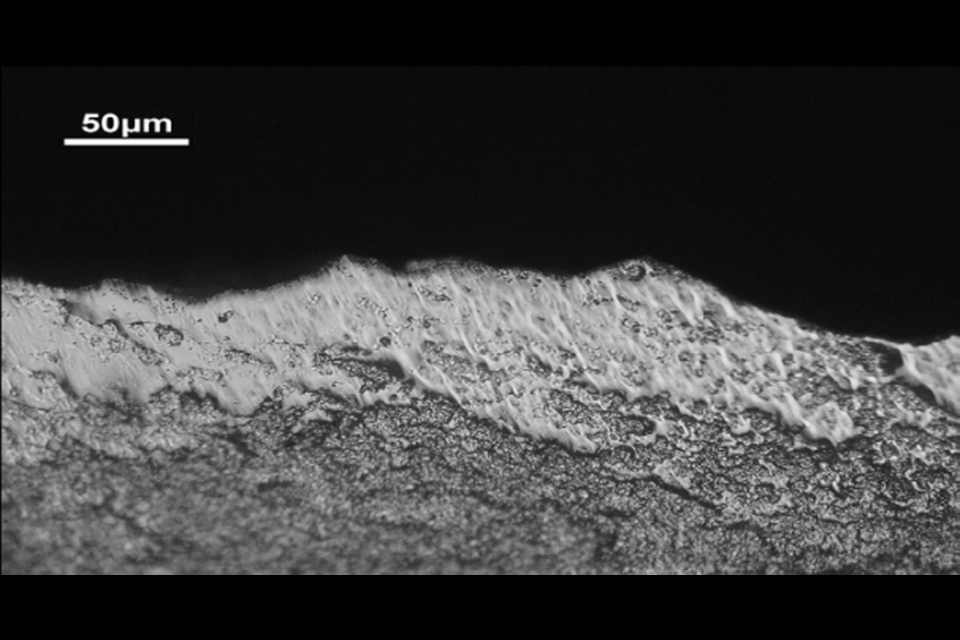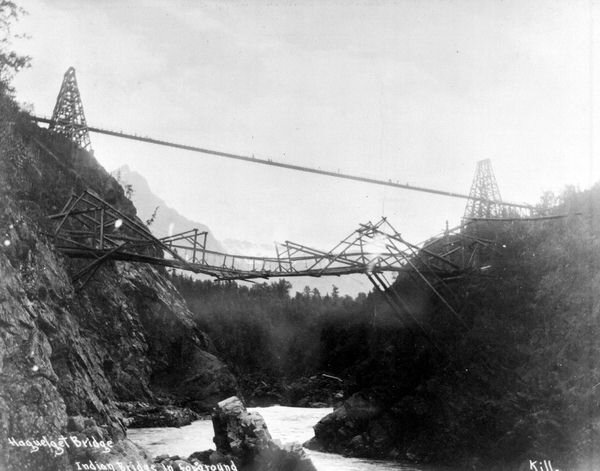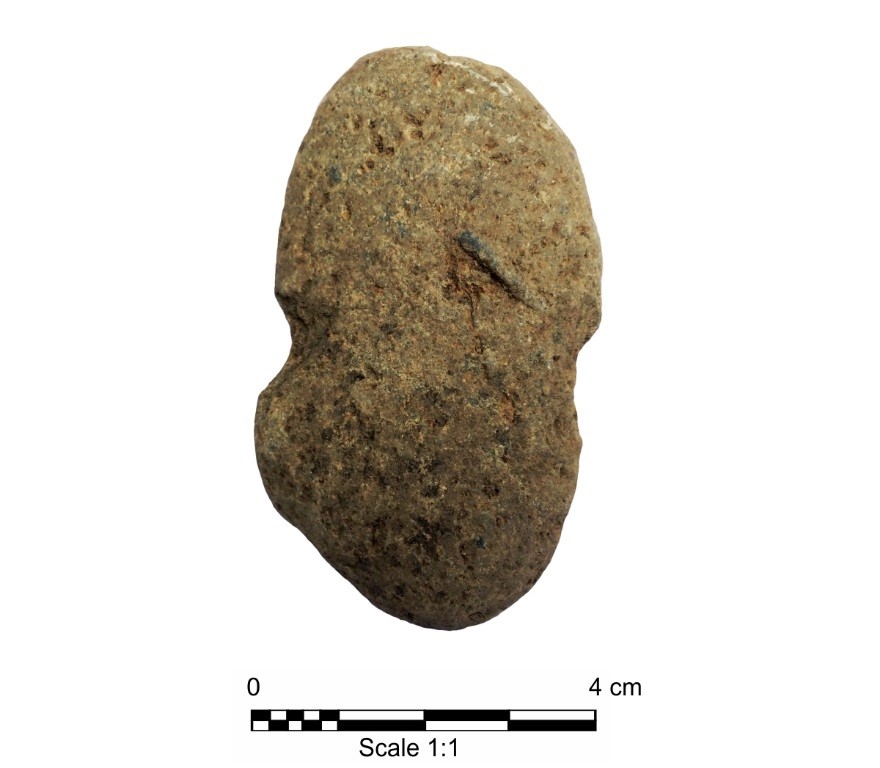If you’ve been looking out over the hills since the snow melted this spring, you’ve probably noticed the bright yellow balsamroot dotting hillsides. That sunflower has been a food and medicine staple for Interior peoples for thousands of years.
Called tséts̓elq in Secwepemctsin (Balsamorhiza sagittata in science), balsamroot’s big vitamin-rich taproot made it an important food and trade item. In our world of refined flours and sugars, it’s hard to imagine carbohydrates being sparse. But before contact, they were hard to come by here, and tubers like balsamroot mattered a lot.
In archaeological sites, we find artifacts and features associated with the harvest, storage and processing of balsamroot and other tubers and bulbs, signaling their importance over the millennia.
Root digging, traditionally women’s labour, was done with waist-high digging sticks on wood or antler handles, many of which endure in archaeological sites. Some are exquisitely decorated with incised patterns that potentially reflect keeping counts. Small, expedient stone knives used to top and trim the roots are found in quantity at long-term intensive balsamroot harvest locations.
Balsamroot is amenable to long-term cold storage in earth cache pits, which we find across the landscape, but in particular concentrations near the winter villages where people could dip into a nutritious root supply throughout the cold months.
The root is cooked by baking in earth ovens, piled atop layers of red-hot rocks and moist leafy veg, then the whole works buried for a long, slow roast. Once emptied of cooked food, these ovens slump into cracked rock and charcoal-filled depressions that provide archaeologists with clues about food preparation practices.
Once cooked, the root is eaten, but can also be dried and pounded into a nutritious flour that stores well and can be added to foods throughout the year. Residue analysis finds that pounding implements like mortars and pestles can retain the microscopic starchy granules from the plant for hundreds or thousands of years.
In our area, recent archaeology in Lac Du Bois Grasslands has identified clusters of large earth ovens that could hold held several hundred pounds of roots at a time. The labour and fuel required for this is opening our eyes to the scale of food production undertaken here in precolonial times. In the Botanie Valley near Lytton, similar archaeological sites dot the landscape that is to this day an important food gathering area.
Digging balsamroot wasn’t just to get a quick bite, it was also planning for the future. Root gathering places that have been tended for generation upon generation are made abundant through aeration, selective harvest and regenerative burning. As an annual spring activity, tending balsam patches ensures families get enough carbohydrates for this year, plus ample and productive plants for years to come.
Since contact, these Indigenous cultivation practices have been dismissed and discouraged by settlers, and paired with degradation of grassland ecosystems by cattle and invasive species, balsamroot communities are in decline.
With more mindful land management practices, and revival of traditional cultivation, balsamroot may yet become a food of the future, from the past.































